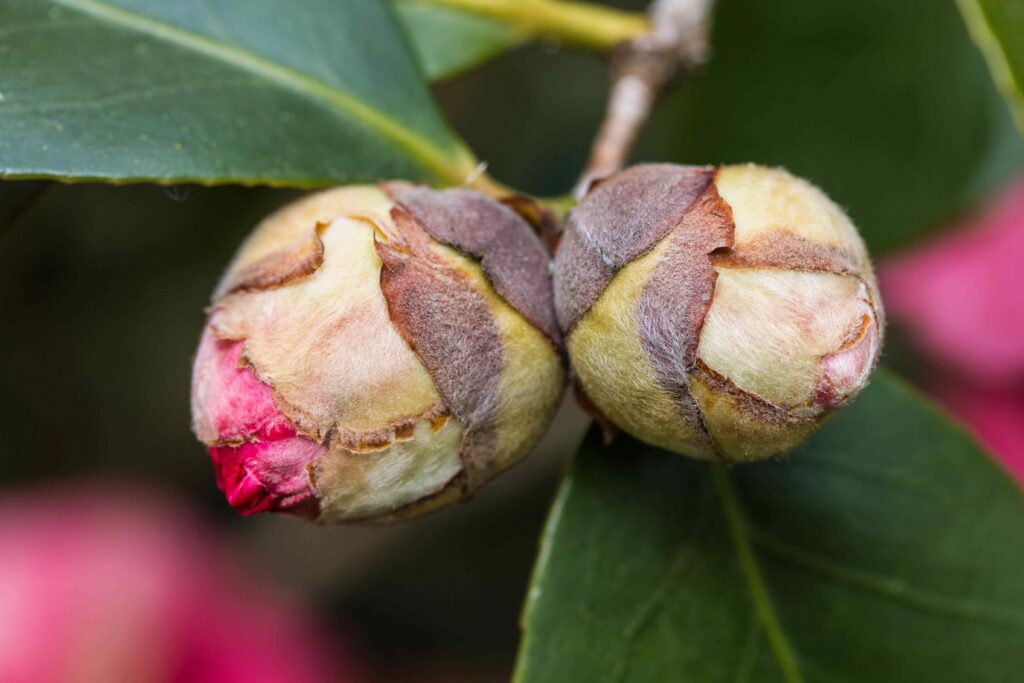No, Camellia japonica is not a monocot; it is a dicot. This classification is based on its botanical characteristics, which align with those of dicotyledons (dicots) rather than monocotyledons (monocots).
Why?
Camellia japonica, commonly known as the Japanese camellia, belongs to the family Theaceae. It exhibits several key features that are characteristic of dicots:
- Seed Structure: Dicots typically have two seed leaves (cotyledons), while monocots have one. Camellia japonica seeds contain two cotyledons, confirming its classification as a dicot 1.
- Leaf Venation: The leaves of Camellia japonica display a net-like (reticulate) venation pattern, which is typical of dicots. In contrast, monocots usually have parallel venation.
- Floral Structure: The flower parts of dicots often occur in multiples of four or five, whereas monocots typically have flower parts in multiples of three. Camellia japonica flowers have five petals, aligning with dicot characteristics.
Explanation of Classification
To further elaborate, the classification of plants into monocots and dicots is fundamental in botany.
Monocots include plants like grasses and lilies, which have distinct features such as single cotyledons, parallel leaf veins, and flower parts in threes.
Dicots, on the other hand, encompass a wide range of flowering plants, including roses and sunflowers, characterized by their two cotyledons, branching leaf veins, and floral parts in fours or fives.
Conclusion
In summary, Camellia japonica is a dicot due to its seed structure, leaf venation, and floral characteristics. Understanding these classifications helps in the study of plant biology and horticulture, making it easier to identify and cultivate various species effectively.

